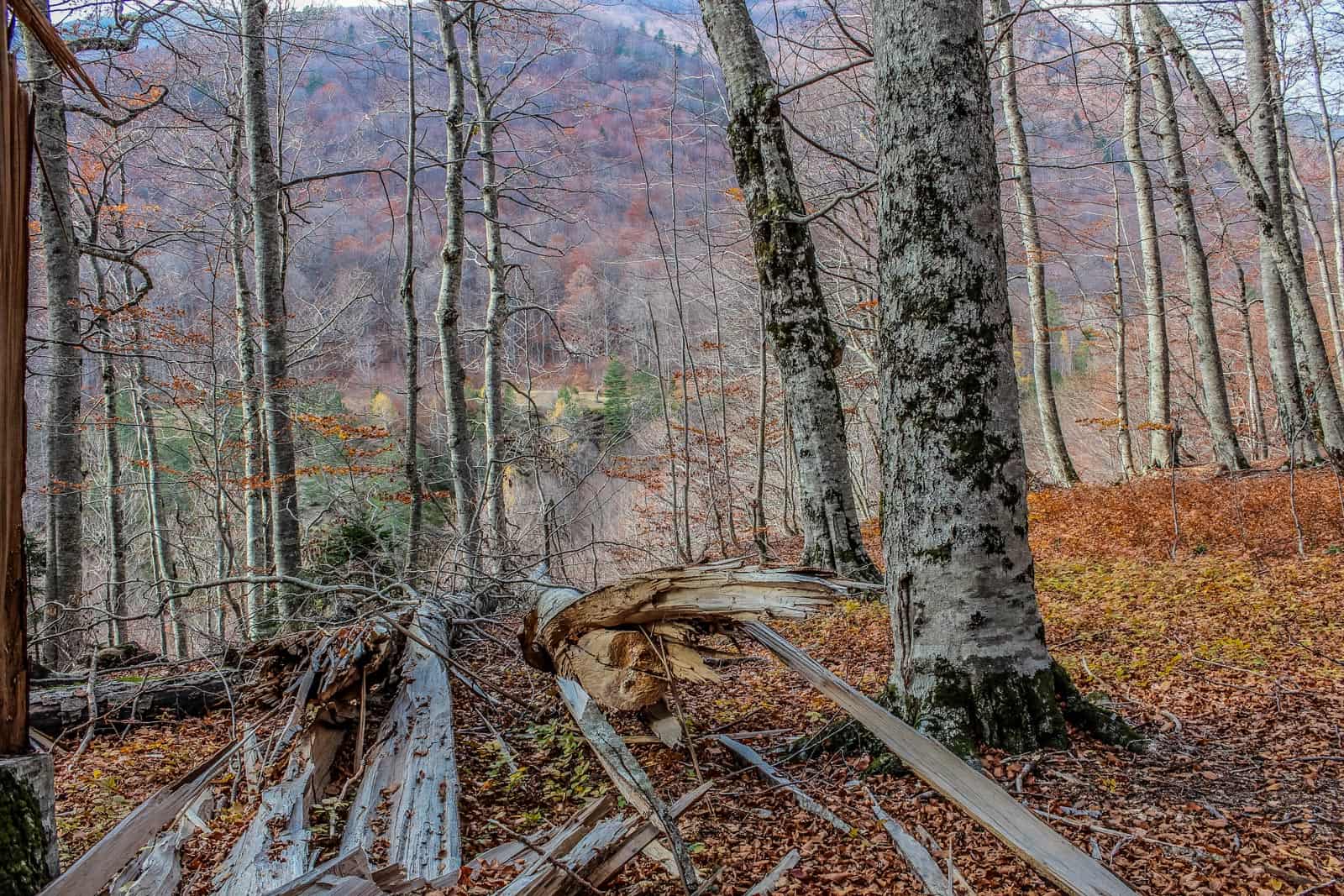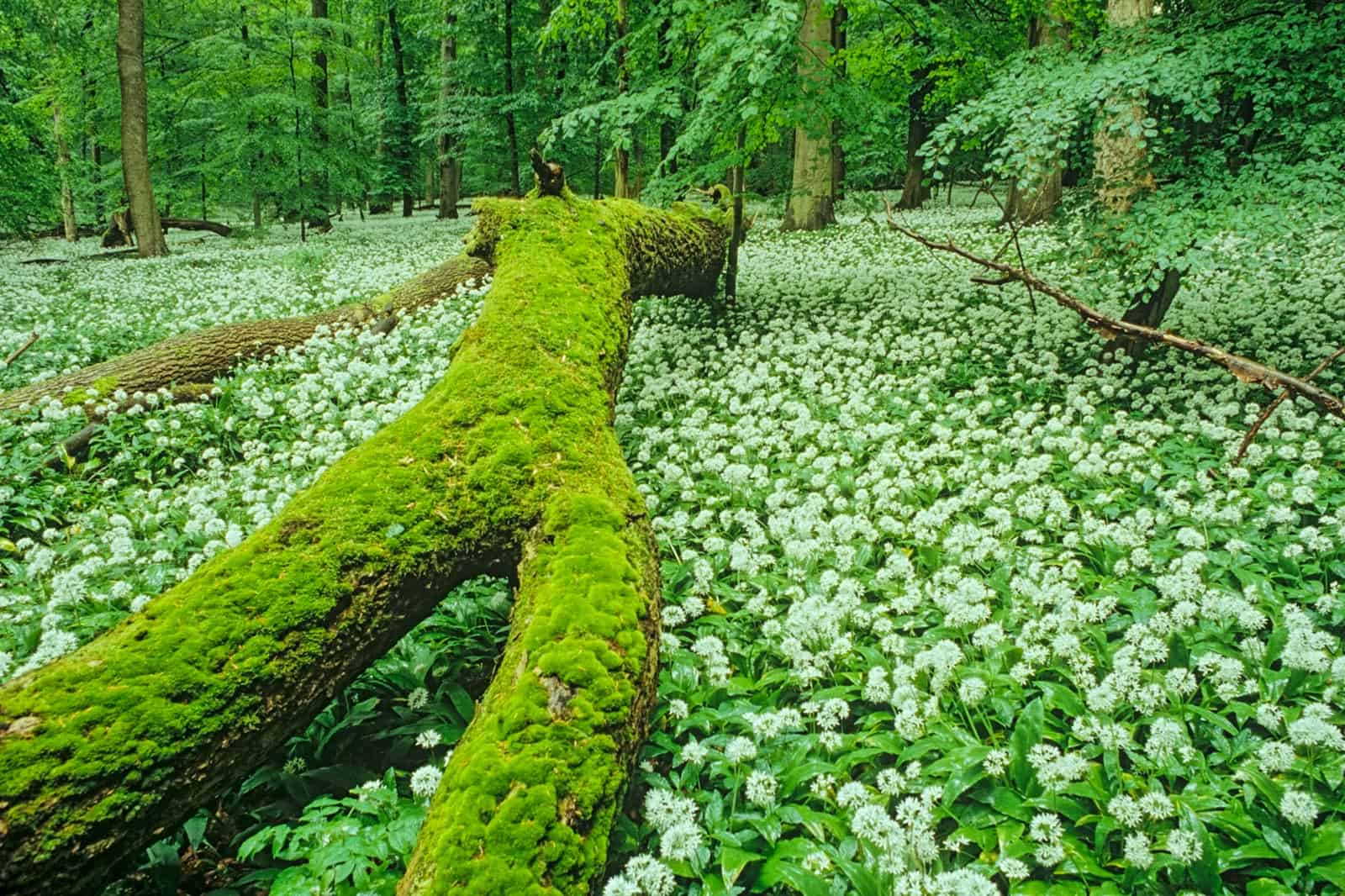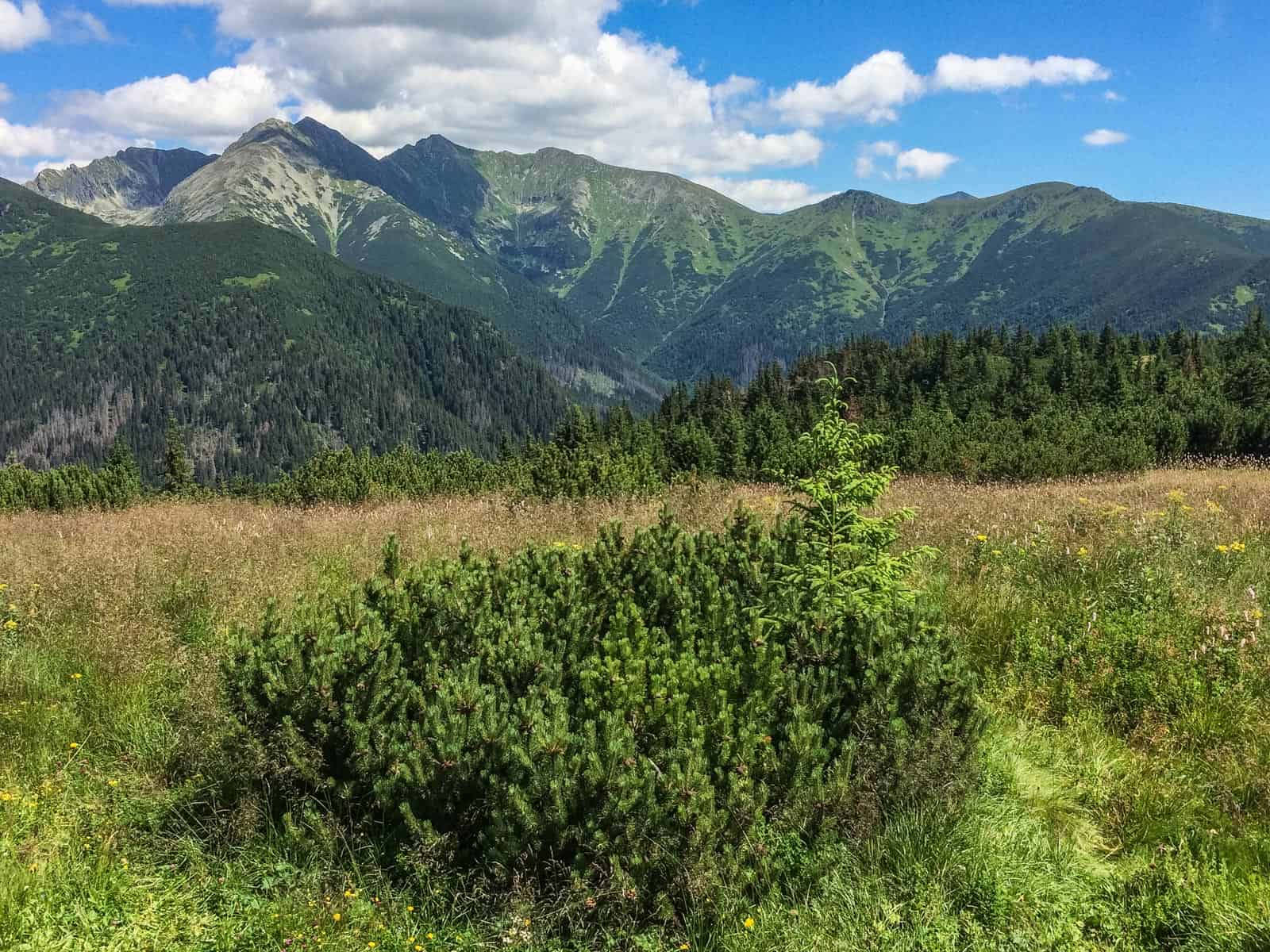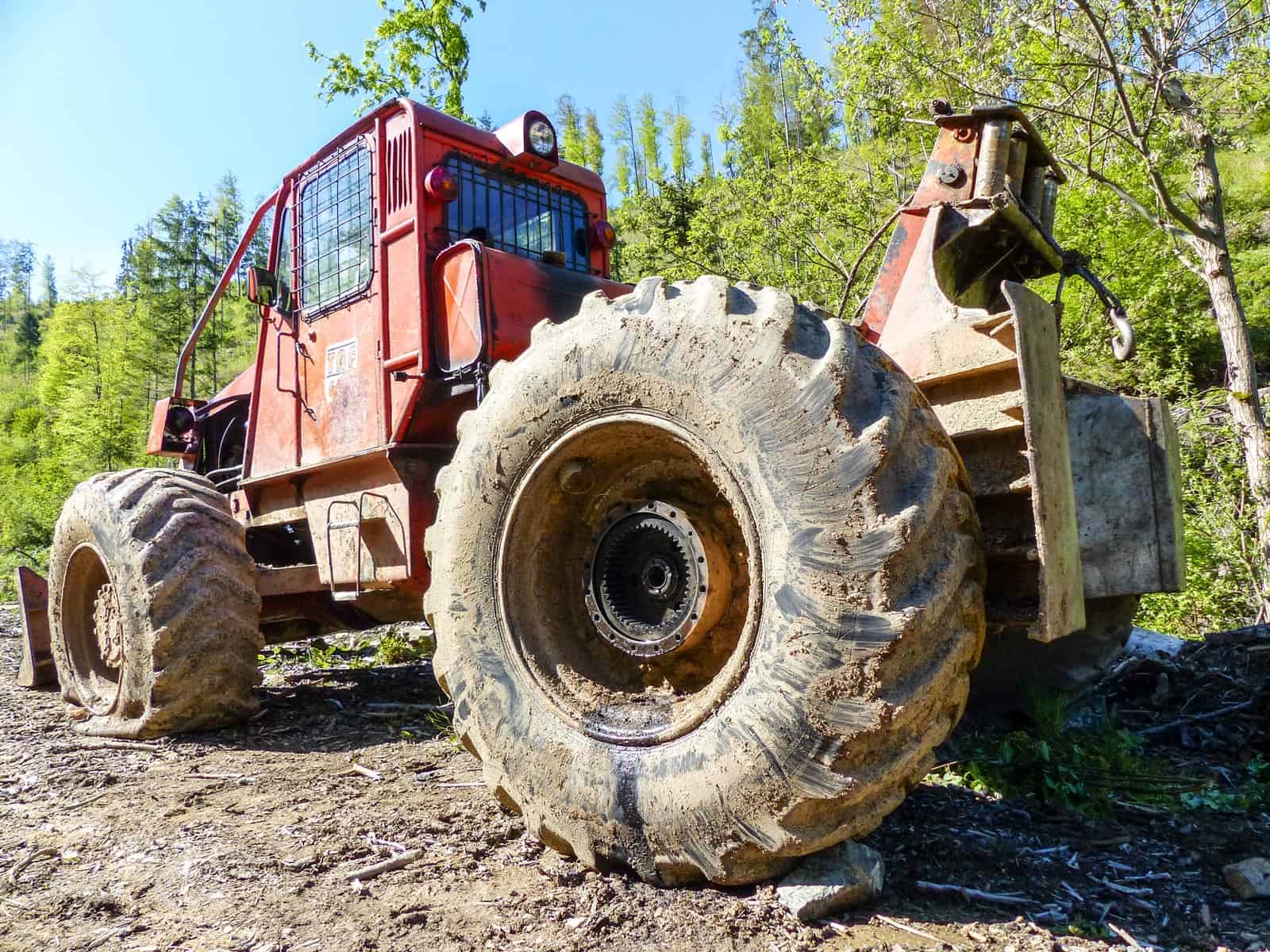Children love to explore trees
Experience shows that children love to explore trees and enjoy wandering in the forest. On nice summer days, they wander through deciduous or coniferous forests full of excitement. They enjoy the majestic whisper of massive trees and discover many interesting things at every corner.
Children still like to do that. However, they do it less and less. Not only because there is the less and less forest around us but because the parents move from the small villages and cities to the bigger cities. Instead of roaming in the forest on their own and exploring secret spots in forests they play games on computers or iPhones. The spectrum of experience and skills of our children is different than it used to be.
Experience of the recent past
Not so long ago, most children from every single village roamed the forest with green crowns over their heads. They went to the forest to explore trees and admire the flying and suddenly disappearing birds that hid in the surrounding bushes and treetops during the hot summer days.
They quickly learnt from their own experience that they need to be careful in the forest. Branches, rotting wood and rocks hidden under layers of fallen old leaves and twigs could be a big threat.
Children love forest gym
Children love climbing almost every tree with great enthusiasm and train their skill to see who is faster and braver. But most of all, they love places where they can build little shelters that will serve them for countless hours of games.
These are just a few examples of the activities with which children gradually practice not only their bodies, but also build a lasting relationship with the surrounding forests.
Forests supermarket
In the recent past, trees and forests were in the immediate vicinity of villages and small towns. Unlike today, they were not only a place for exciting discovery of new places and games, but also an opportunity to spend time together with parents.
Various forest fruits and flowers have always been an important source and contribution of livelihood. Particularly for people who lived in close connection with the surrounding forests. However, these forests were a source not only of food, but also of various natural medicines.
Elderflowers were often used to make refreshing drinks. Elderberry tea was served as a very good remedy for coughs and colds. Linden flowers were also collected and dried to make medicinal teas from them in the winter months.
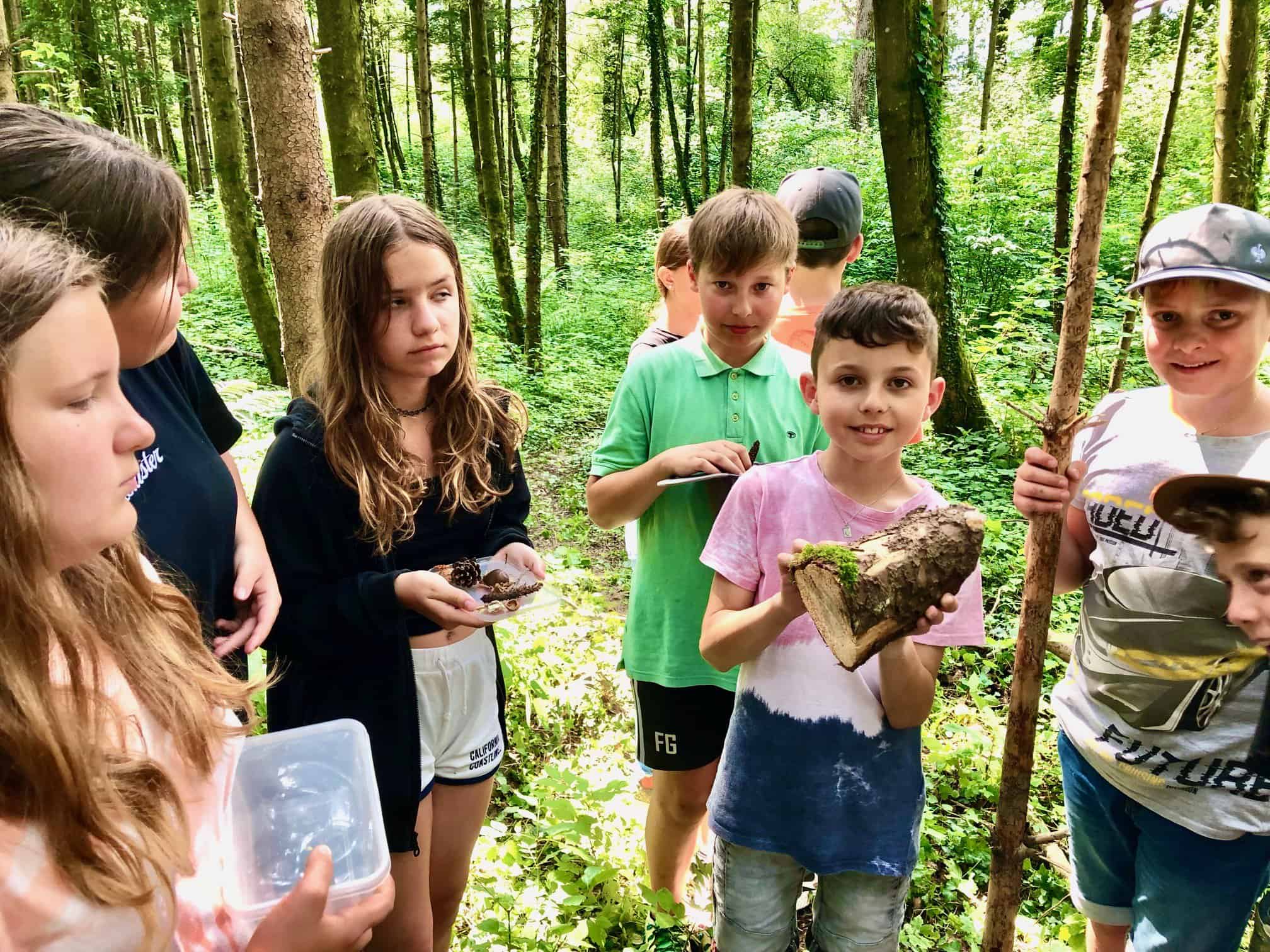
Family socialisation
The whole family liked to go for walks in the forest together and explore trees. Not only to breathe fresh air, but also to collect fresh berries, medical plants and mushrooms. When back home they processed them together and dried them for the winter season. In the autumn months, they very often collected elderberry fruits to prepare various jams and marmalades, which were very good and healthy.
In this way joint visits to the forest also played an important role of socialization. Being together in the forest used to be a fundamental part of the process through which a family acquires cultural and personal identity. Feeling that individual members of that family belong together.
Summary
Our children’s lives have changed dramatically in recent decades. It is impossible to say whether for the better or for the worse. They are simply different. The question is whether the children are satisfied and whether they want to continue the current way of they life when they grow up, start their own families and start building their own careers? Experience shows that even today once children get the opportunity to explore forests and trees in a short period of time they will love it.
I am already an old man. I experienced many different forests in many different countries. However, in my brain are firmly embedded trips to the forest nearby with my parents when I was a young boy.





